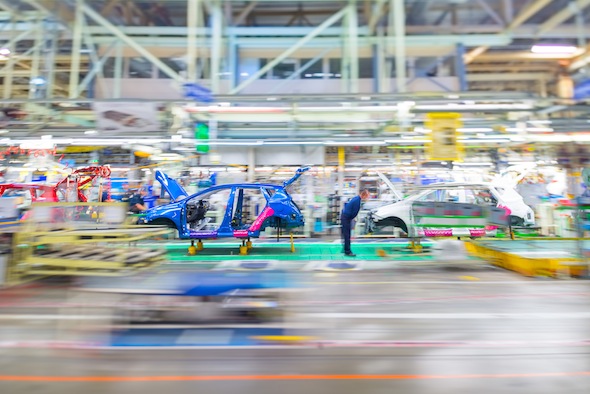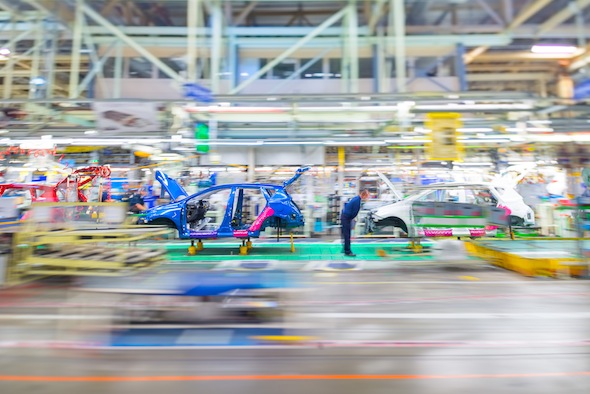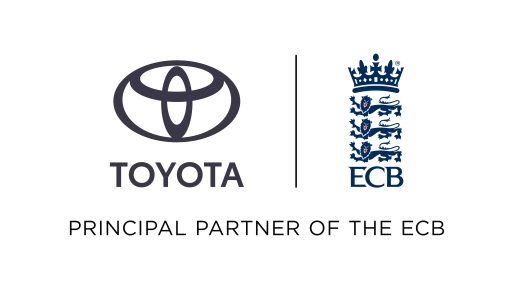What is Kaizen? It is one of the core principles of the Toyota Production System.
The English translation is, broadly speaking, continuous improvement. ‘Kai’ means ‘change’ and ‘zen’ means ‘for the better’. It is a philosophy that helps to ensure maximum quality, the elimination of waste, and improvements in efficiency, both in terms of equipment and work procedures.
Kaizen improvements in standardised work help maximise productivity at every worksite. Standardised work involves following procedures consistently and therefore employees can identify the problems promptly.

Within the Toyota Production System, Kaizen humanises the workplace, empowering individual members to identify areas for improvement and suggest practical solutions.
The focused activity surrounding this solution is often referred to as a kaizen blitz, while it is the responsibility of each member to adopt the improved standardised procedure and eliminate waste from within the local environment.
Kaizen begins in the early designs of a production line and continues through its lifetime of use by a process of consensus known as Nemawashi – read our explanation here.
Alternatively, see more about the Toyota Production System in our glossary.
Discover the 12 other pillars of the Toyota Production System:
Konnyaku Stone
Poka-Yoke
Hansei
Andon
Jidoka
Just-In-Time
Heijunka
Kaizen
Genchi Genbutsu
Nemawashi
Kanban
Muda, Muri, Mura
Genba
The pillars of the Toyota Production System don’t just inform the processes within our own factories and offices. Toyota’s expertise at applying ‘the lean approach’ is highly valued by other industries.
Toyota Manufacturing UK offers Lean Approach Seminars in which team leaders from other businesses are immersed in the philosophy and taught how to apply the techniques and ideas to their own processes.





what is kizen
Hi,
As explained in this blog post:
Kaizen is one of the core principles of The Toyota Production System, a quest for continuous improvement and a single word that sums up Toyota’s ‘Always a Better Way’ slogan.
Kaizen (English: Continuous improvement): A philosophy that helps to ensure maximum quality, the elimination of waste, and improvements in efficiency, both in terms of equipment and work procedures. Kaizen improvements in standardised work help maximise productivity at every worksite. Standardised work involves following procedures consistently and therefore employees can identify the problems promptly.
Within the Toyota Production System, Kaizen humanises the workplace, empowering individual members to identify areas for improvement and suggest practical solutions. The focused activity surrounding this solution is often referred to as a kaizen blitz, while it is the responsibility of each member to adopt the improved standardised procedure and eliminate waste from within the local environment.
Thanks
What is Kaizine?
Hi DJ,
Thanks for your comment.
For an explanation of Kaizen, please refer to the blog post above.
Thanks.
What is jus in timb
Hi Putin,
Thanks for getting in touch with us.
Just-In-Time is described as a ‘pull’ system of providing the different processes in the assembly sequence with only the kinds and quantities of items that they need and only when it needs them. Production and transport take place simultaneously throughout the production sequence — inside and between all the processes.
You can read more about this here: https://mag.toyota.co.uk/just-in-time/.
Thanks.
Hello, please I want to know, in terms of statistics, the successes toyota achieved with the implementation of kaizen. I’ll be very grateful if you can help. I need the information for my dissertation. Thanks.
Hi Kobina,
Thanks for your comment.
Unfortunately we do not have any statistics to share.
Thanks.
Driving today in my Auris in very misty with heavy rain could not see cars in front with no lights .my question is having daylight running lights only at the front is useful but why are the rear lights not on at the same time.Can we have the rear lights on as well for safety.
KAIZEN
Hi Naren,
If it foggy or misty, we recommend turning the headlights on, this will turn on the rear lights too. You should also use foglights, if equipped.
Thanks
Do you have statistics on the efficiency of overall processes, quality control, and customer ratings after the implementation of Kaizen in any of your facilities, I know these are some key goals for the continuous purpose of Kaizen.
Thank you, for a research paper why not go to the best.
Hi,
Toyota UK doesn’t have this information available. We recommend contacting Toyota in your region if you want further information about production facilities. There are quite a few in the US!
Thanks
Hi,
Any YouTube Videos recommendations for more info about Toyota Production System?
Thanks
Hello.
We’d recommend using the search feature on our online magazine to learn more.
Thank you.
Hi,
Any YouTube Videos Recommendations regarding Toyota Production System?
Thanks
Hello.
We’d recommend using the search feature on our online magazine to learn more.
Thank you.
Whilst Kaizen is continuous improvement does this just apply for existing vehicles and processes or is there another principle for more radical change for example if a whole new type of vehicle is to be created from scratch such as hybrid or hydrogen power?
This is a perfect example of Gemba Kaizen i needed for my assessment. Thank you!